
Large Blue Jay With Long Tail UCB
California Scrub-Jay. Two nearly look-alike types of jays, the California scrub-jay of coastal regions and Woodhouse's scrub-jay of the interior, are common across lower elevations of the West. These bold, crestless blue-and-gray jays frequent shrubby areas and backyards. Both make scolding cries and sing sweet, quiet, musical songs when with.

Blue Jay Blue jay, Birds, Bird
It's Caching Food for Later. This common, large songbird is familiar to many people, with its perky crest; blue, white, and black plumage; and noisy calls. Blue Jays are known for their intelligence and complex social systems with tight family bonds. Their fondness for acorns is credited with helping spread oak trees after the last glacial period.

9 things to know about blue jays, P.E.I.'s provincial bird CBC News
It's Caching Food for Later This common, large songbird is familiar to many people, with its perky crest; blue, white, and black plumage; and noisy calls. Blue Jays are known for their intelligence and complex social systems with tight family bonds. Their fondness for acorns is credited with helping spread oak trees after the last glacial period.

Male splendid fairywren Western Australia Birds
Aves Passeriformes Corvidae Cyanocitta Cyanocitta cristata Blue Jay By Animals Network Team Blue jays are an intelligent species in the Corvidae family. They are related to crows, ravens, rooks, and magpies. These birds are named for, and easily recognized by, their uniquely colorful plumage.

bluejayfacts2 Birds Flight
Blue jays are natural forest dwellers, but they are also highly adaptable and intelligent birds. They are a familiar and noisy presence around many North American bird feeders. The blue jay's.

Steller's Jay Birds and Blooms Jay bird, Blue jay, Birds
Other popular names include Blue Jay (a misnomer, there are no Jays in Australia) or Shufflewing, a very apt alternative derived from their distinctive habit of shuffling each wing alternately on alighting. Adults breed as pairs in territories but there are odd records of more than two birds attending a nest.

Blue Jays Bird Facts
Familiar but stunning jay found year-round throughout most of eastern North America. Bright blue above and pale gray below with a fluffy crest. Also look for black necklace and black and white markings on the wings and tail. Pairs or small groups travel through mature deciduous or coniferous woodlands, often revealing their presence with loud, harsh "jay" calls. Frequently visits bird.

beautifulklicks Marina Rozhdestvenskay Blue jay B I R B M A N I A Blue jay, Blue jay bird
This is a list of the wild birds found in Australia including its outlying islands and territories, but excluding the Australian Antarctic Territory.The outlying islands covered include: Christmas, Cocos (Keeling), Ashmore, Torres Strait, Coral Sea, Lord Howe, Norfolk, Macquarie and Heard/McDonald.The list includes introduced species, common vagrants and recently extinct species.
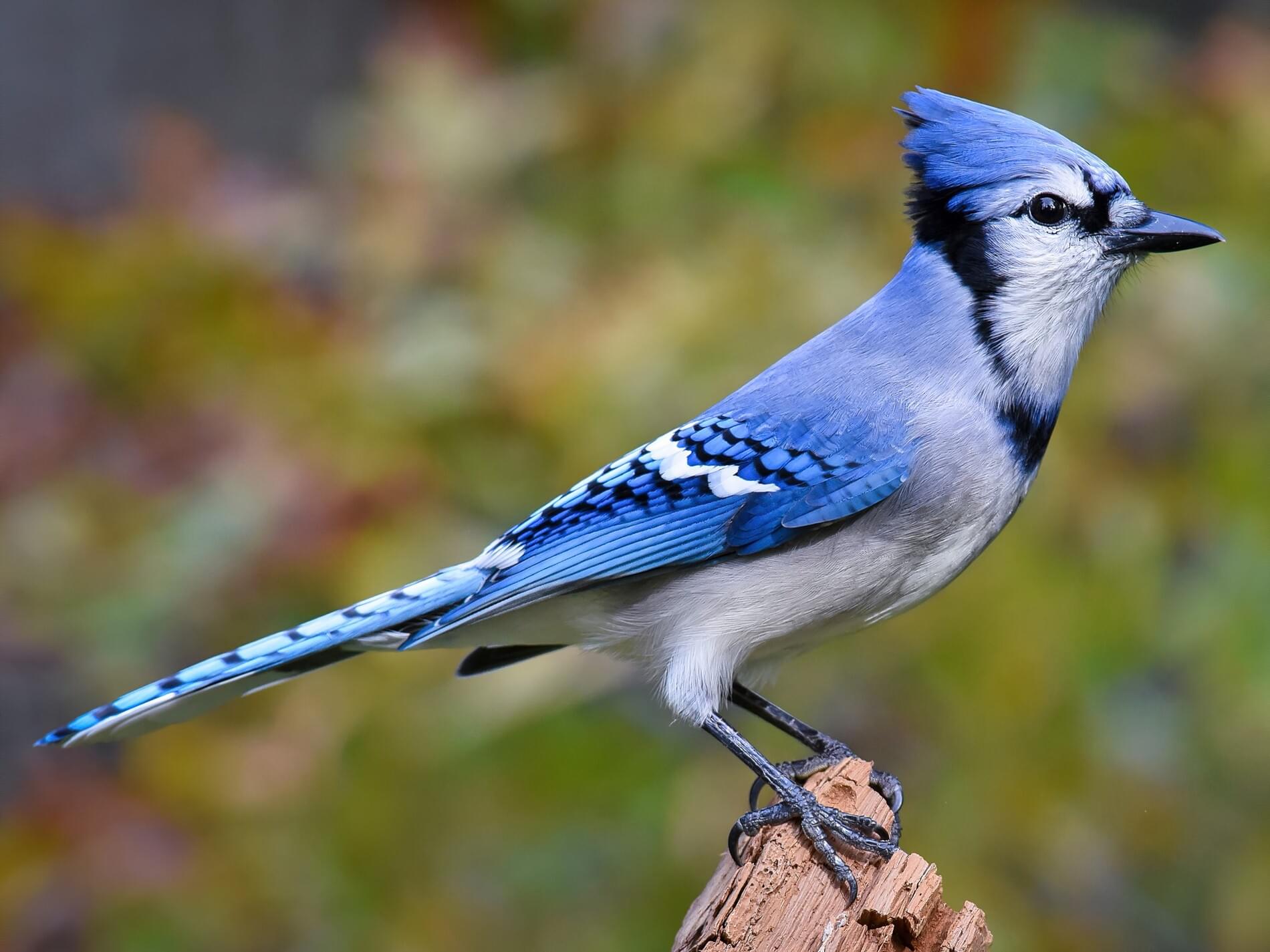
Blue Jay Celebrate Urban Birds
American Bird Conservancy is a 501 (c) (3) organization. EIN: 52-1501259. The Blue Jay is talented mimic. Its credible imitations of hawks and owls can frighten smaller birds into dropping their food, which the jay promptly takes!
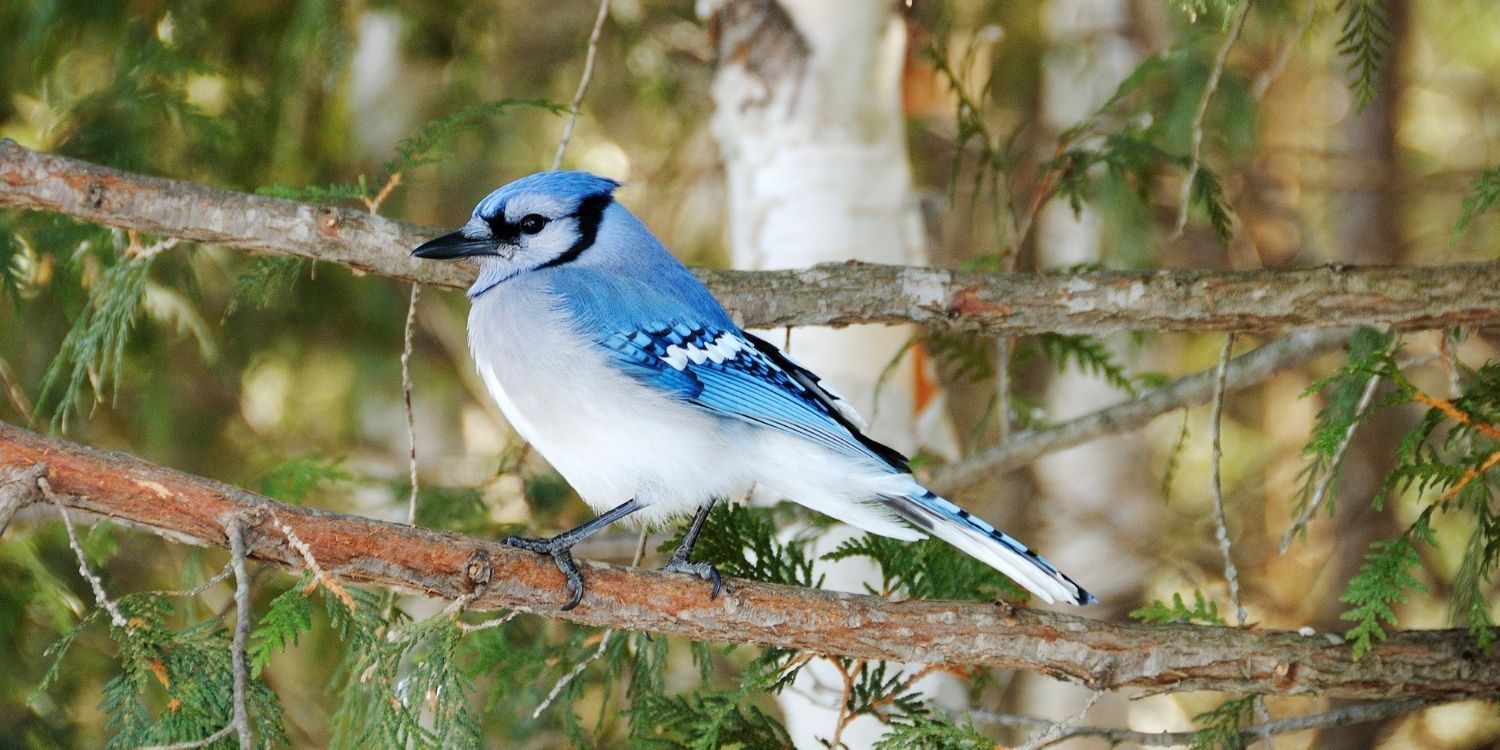
9 Fascinating Facts About Blue Jay Birds The Fact Site
The Blue jay ( Cyanocitta cristata) is a passerine bird in the family Corvidae, native to eastern North America. The name jay derives from the bird's noisy, garrulous nature and has been applied to other birds of the same family, which are also mostly gregarious. Jays are also called jaybirds. Di
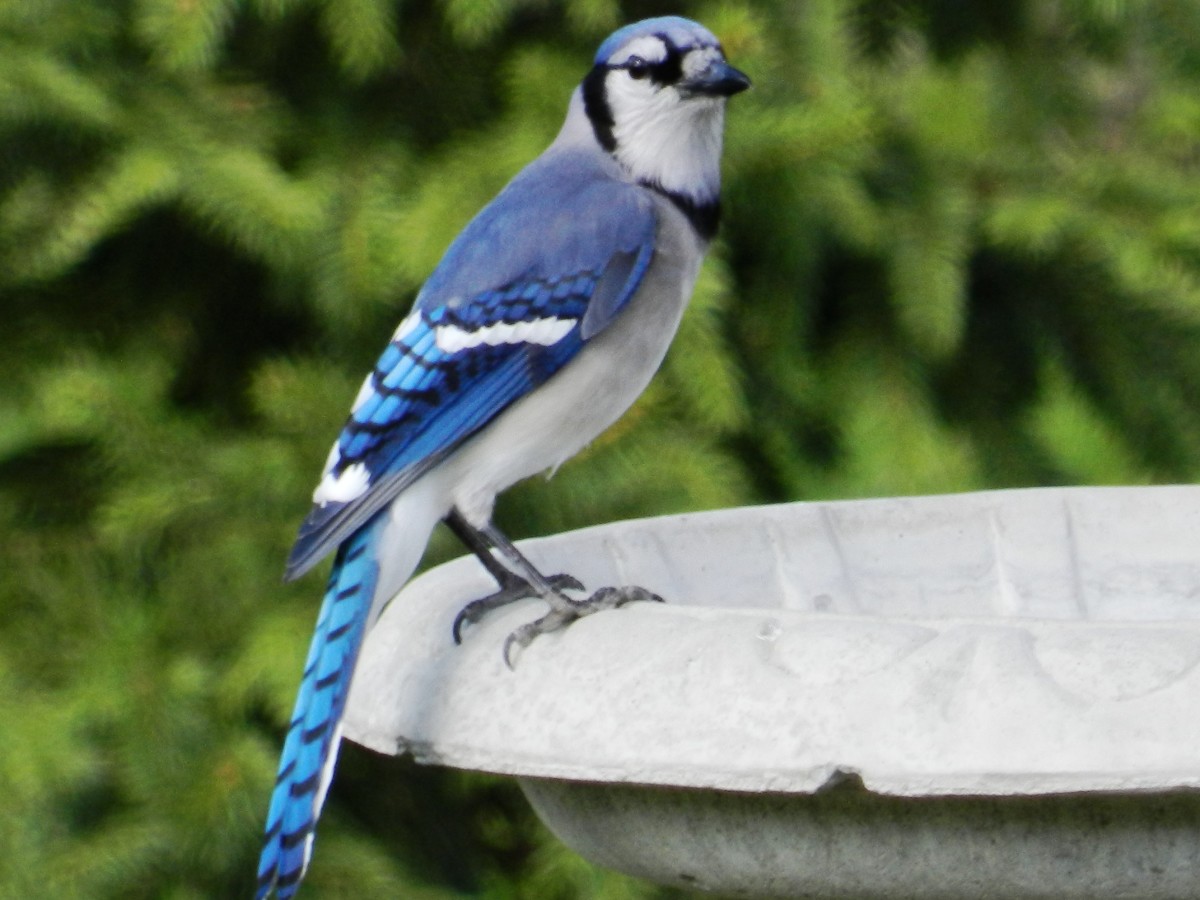
Blue Jay Facts, Pictures, and Behavior Owlcation
The splendid fairywren ( Malurus splendens) is a passerine bird in the Australasian wren family, Maluridae. It is also known simply as the splendid wren or more colloquially in Western Australia as the blue wren.

Blue Jay
The blue jay ( Cyanocitta cristata) is a passerine bird in the family Corvidae, native to eastern North America. It lives in most of the eastern and central United States; some eastern populations may be migratory. Resident populations are also in Newfoundland, Canada; breeding populations are found across southern Canada.
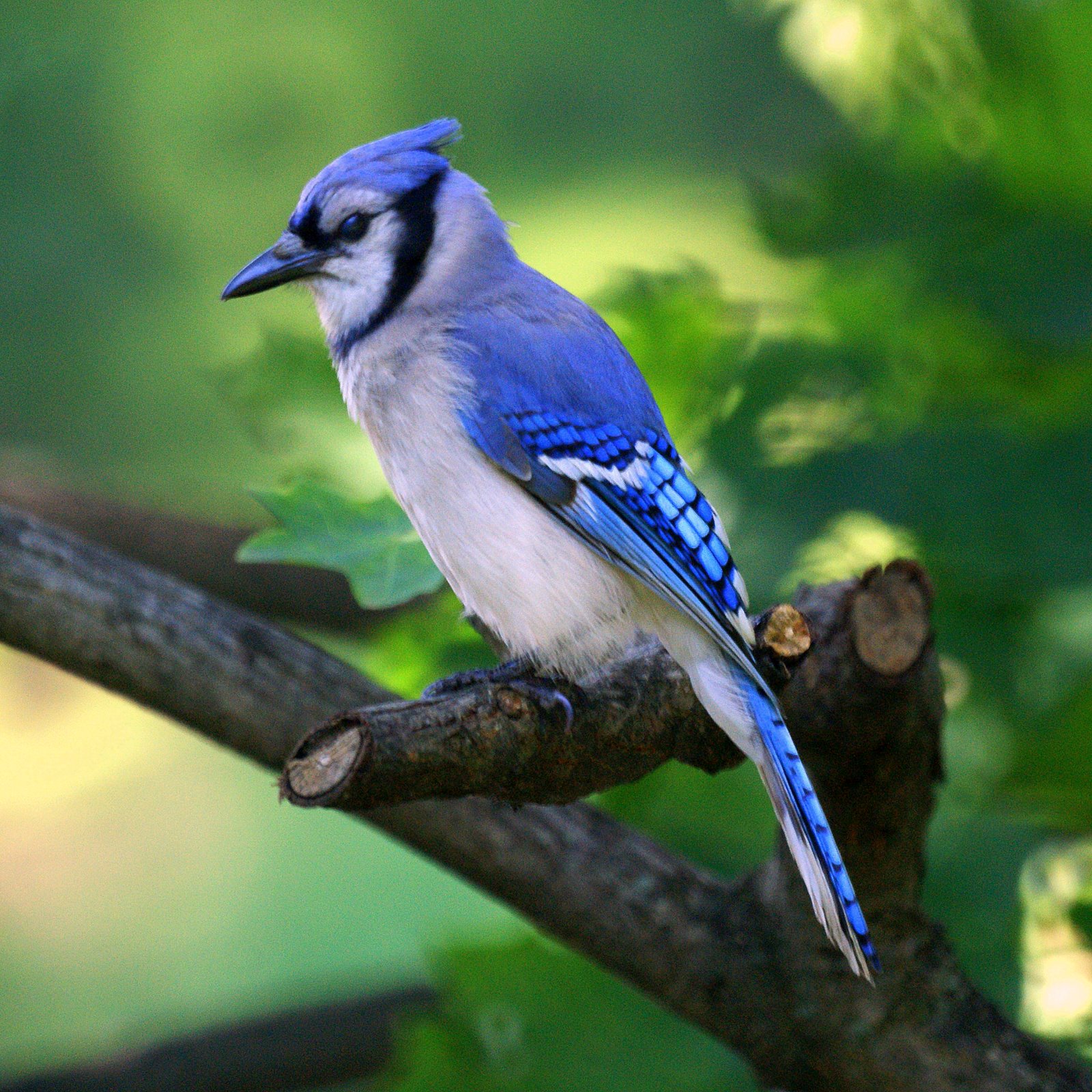
Wild life Blue jay wild birds
The blue jay ( Cyanocitta cristata) is a talkative, colorful bird commonly seen at North American feeders. The species name aptly translates as "crested blue chattering bird." Fast Facts: Blue Jay Scientific Name: Cyanocitta cristata Common Names: Blue jay, jaybird Basic Animal Group: Bird Size: 9-12 inches Weight: 2.5-3.5 ounces Lifespan: 7 years
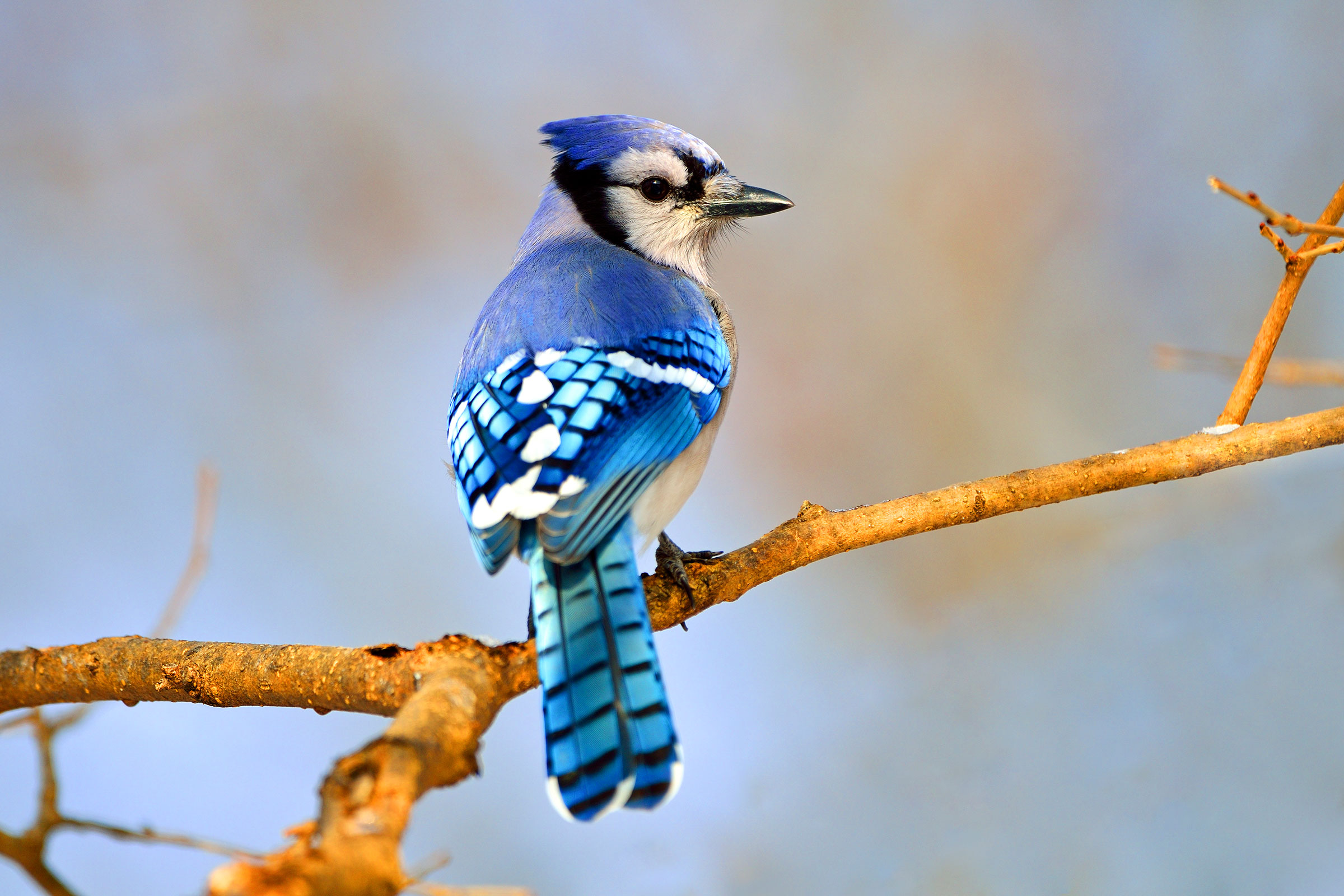
Blue Jay Audubon Field Guide
The 30-cm (12-inch) blue jay ( Cyanocitta cristata ), blue and white with a narrow black neckline, is found in North America east of the Rockies. Westward it is replaced by the dark blue, black-crested Steller's jay ( C. stelleri ). The gray jay ( Perisoreus canadensis) inhabits the northern reaches of the…

blue jay Blue jay bird, Blue jay, Beautiful birds
Looking for ID Help? Get Instant ID help for 650+ North American birds. Try Merlin Bird ID Species in This Family Crows, Jays, and Magpies (Order: Passeriformes, Family: Corvidae) Canada Jay Green Jay Pinyon Jay Steller's Jay Blue Jay Florida Scrub-Jay California Scrub-Jay Woodhouse's Scrub-Jay Mexican Jay Black-billed Magpie Yellow-billed Magpie

Blue Jay Facts What Do Blue Jays Eat Where Do Blue Jays Live
One of the loudest and most colorful birds of eastern back yards and woodlots, the Blue Jay is unmistakable. Intelligent and adaptable, it may feed on almost anything, and it is quick to take advantage of bird feeders.